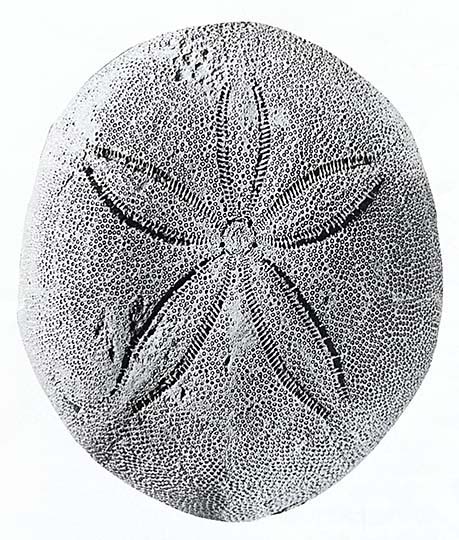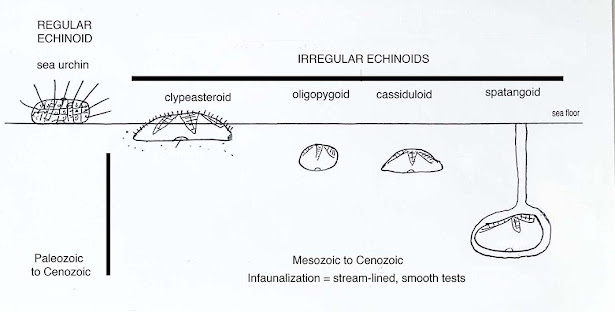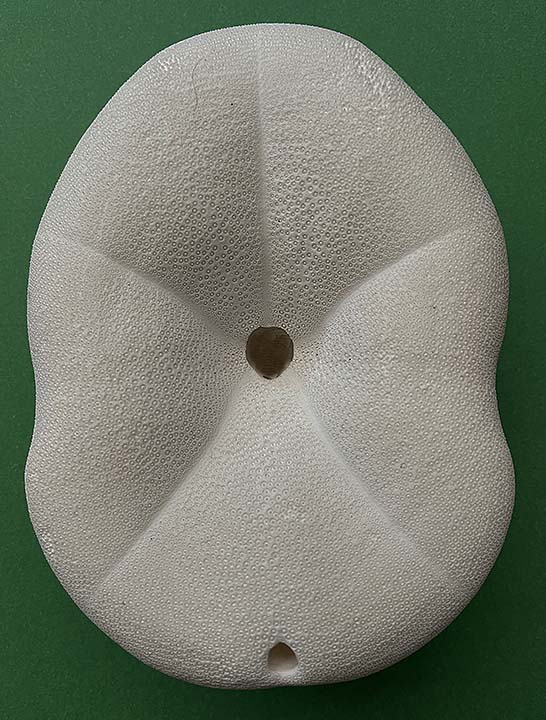The cassowary is an extant flightless bird belonging to an evolutionary group called “ratites,” which do not have a keel on their sterum (i.e., on their-plate); thus, they cannot fly. Other living ratites are the dwarf cassowary, emu, ostrich, rhea, rhea, and the kiwi. The elephant bird is an extinct ratite.
DISTRIBUTION The cassowary originated in Australia, but, during the Pleistocene Ice Age, it spread northward from Australia for about 90 miles, via a land bridge, into the world’s second largest island, comprised of two parts: New Guinea [now regarded as part of Indonesia] and Paupau New Guinea [PNG] [an independent nation west of Guinea] (see figure below). Ratites are present also in areas immediately adjacent to New Guinea; these areas are New Britain (just northeast of PNG), the Aru Islands, and Yapen [= Yappen Island].
Google Earth Satellite Image (2023) showing the geographic relationship of New Guinea/Papau New Guinea region versus Australia and the equator.
Examples of other animals that spread northward via this land bridge are kangaroos (some of which evolved into the “tree kangaroo”---see one of my recent posts).
The tectonic history of the Indonesian/PNG region is complex. For an overview see Baldwin et al. (2012).
The preferred habitat of most cassowaries is tropical rainforests, mainly in lowland areas, including any tidal flats found in these areas. In the New Guinea and PNG areas, cassowaries can also live at higher altitudes on the sides of the many volcanoes; some of which are active. These volcanoes, which occur in a linear fashion along the middle part of New Guinea and PNG, can reach elevations up to 16,024 feet and be associated with their own localized glaciers. This arc of volcanoes (caused by a nearby tectonic trench where subduction is taking place) is part of the so-called active “ring of fire” that characterizes the western Pacific region. The entire Indonesia and PNG area has more than any other region in the world. It is notable that the above-mentioned glaciers are located near 0 and 10 degrees north of the equator.
SCIENTIFIC CLASSIFICATION
Class Aves
Infraclass Palaeognathae
Order Casuariiformes
Family Casuariidae
Genus Casuarius, with three known extant species:
1) Species causarius known as the “southern species” found only in northeast Australia, (especially Queensland, New Guinea, and Aru Islands (just southwest of New Guinea).
2) Species unappendicuatus known as the “northern species” found only in Papau, New Guinea and, sparingly, on Yapen Island (just northwest of New Guinea).
3) Species bennetti known as the dwarf cassowary, found only in the Papau/ New Guinea region. This species is more closely related to the “northern species” than to the “southern species.”
note: More genetic studies are needed to help to distinguish the species of cassowaries. There might be more species recognized in the future (Naish and Perron, 2014).
BODY FEATURES
Cassowaries, which are second only to the ostrich in size, can be up to 4 feet tall and weigh as much as 150 pounds. They are the heaviest bird in Australia and the third-largest bird in the world, behind the ostrich and the emu.
The feathers of the cassowary consist of stiff quills that resemble porcupines. Unlike porcupines, however, there are no bards on the ends of the cassowary quills.
The head and neck of the cassowary can have bright colors (redish, bluish, and or yellow-orange), but the variable color is not all that reliable for species identification. The rest of the body is black. Female necks have brighter coloration. Cassowary chicks have brown and creamy-white stripes, which fade to brown after six months; obtaining mature coloration requires approximately three years.
On top of its head, the cassowary has a structure (known as a casque) consisting of skin-covered keratinous material that grows with age. The function of this structure has not been established, but it has been speculated that it is used to produce low-frequency sounds (i.e., “boom” sounds used for vocalization), used as a thermal radiator, or used to crash through dense vegetation—although, in fact, they move silently through dense forests.
The morphology of a cassowary casque (source of image unknown). Each species has its own uniquely shaped casque.
The feet of the cassowary have sharp, dagger-like claws, with the innermost claw being a spike-like dagger measuring up to 12 cm (4.75 inches) long. The cassowary uses these sharp-clawed feet to kick predators and to defend themselves. This bird can jump nearly seven feet (2 m) straight up into the air! Cassowaries have been known to kill humans, especially if they threaten these birds or their chicks. Usually, like with almost all animals, if you leave them alone, the cassowary will leave you alone.
A southern cassowary in ATTACK mode! The attack can be sudden and “full of fury.” Cassowaries can be very dangerous because they are so unpredictable and so powerful.
Cassowaries can also run up to 31 mph (50 km per hour), and they are good swimmers.
DIET
Fruit (up to 240 different species, including bananas and apples) comprise 90 percent of their diet. In many cases they swallow the fruit whole, thus making them “keystone species,” as they disperse whole seeds throughout the forests.
They also eat grass shoots and grass seeds. They can also eat fungi, insects, eggs, fish, frogs, lizards, snakes, small birds, and rodents, as well as carrion.
AN ENDANGERED ANIMAL
Cassowaries are a threated species mainly because of habitat destruction by humans [sounds familiar, eh?]. In fact, cassowaries are a species “living on the edge.”
ANCESTRY
On the basis of modern research, it is now known that birds (including ratites) are closely related to dinosaurs. Furthermore, it is now known that based on the presence of a casque on their head, having feet with three sharp-nailed toes, and similar respiratory systems, cassowaries are more similar to dinosaurs than other birds. But, determining just how close they are related and their intricate evolutionary pathways, needs more research.
REFERENCES CONSULTED
Baldwin, S.L. et al. 2012. Tectonics of the New Guinea region. Annual Review of Earth and Planetary Sciences, v. 40, pp. 495-520. DOI: 1146/annurev-earth-040809-152540
EarthxTV [in association with the Animal Planet]; an episode called “The Ultimate Surviors.”
McInerey, P. L. et al. 2019. BMC Evolutiony Biology. DOI: 10.1186/s12S62-019-01544-7
Nasih, D. and R. Perron. 2014. Structure and function of the cassowary’s casque and its implications for cassory history, biology, and evolution. Historical Biology
http://dx.org/10.1080/0891263.2014.985669 (free pdf, with excellent photos and drawings)
en.Wikipedia.org




































